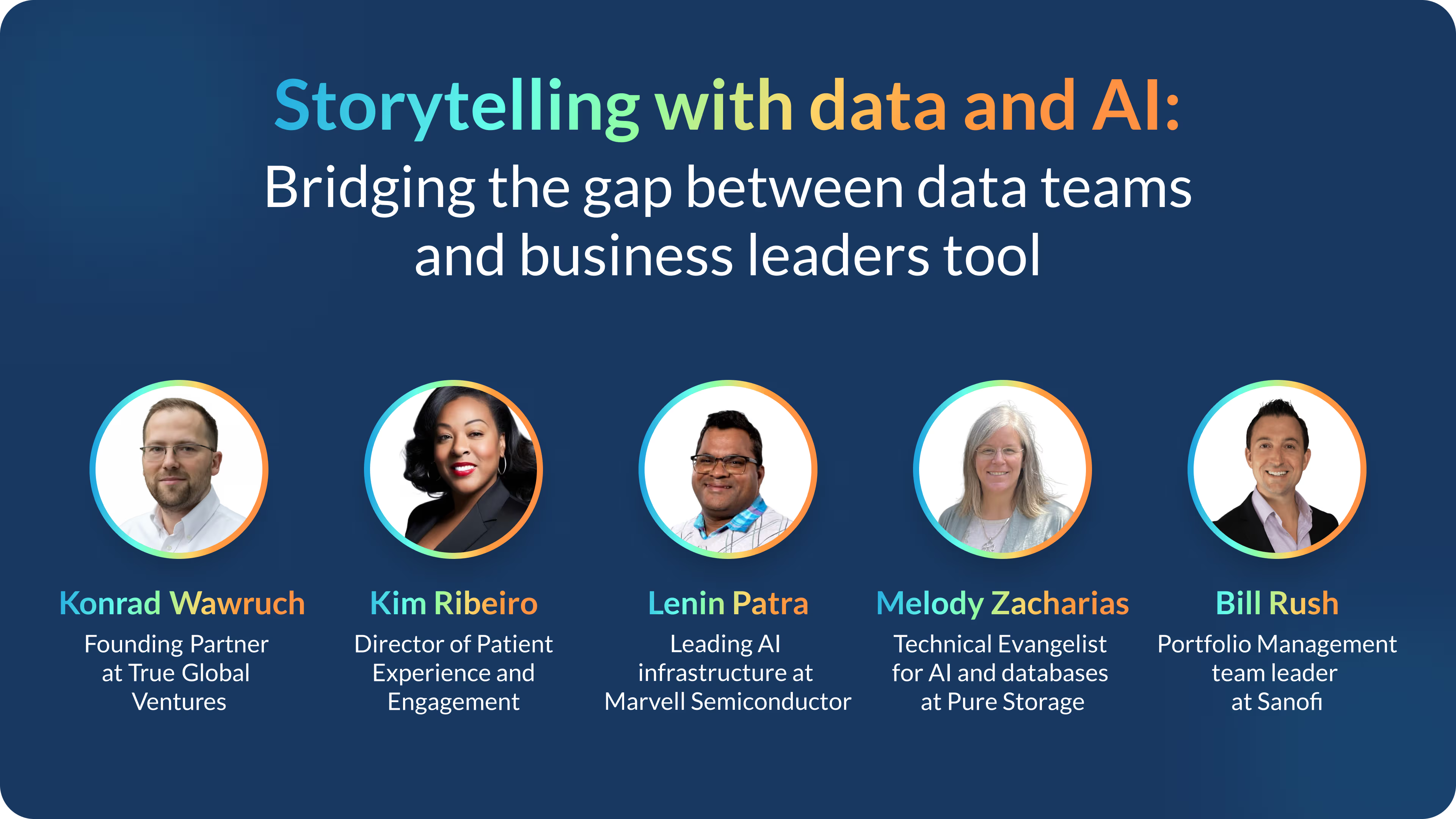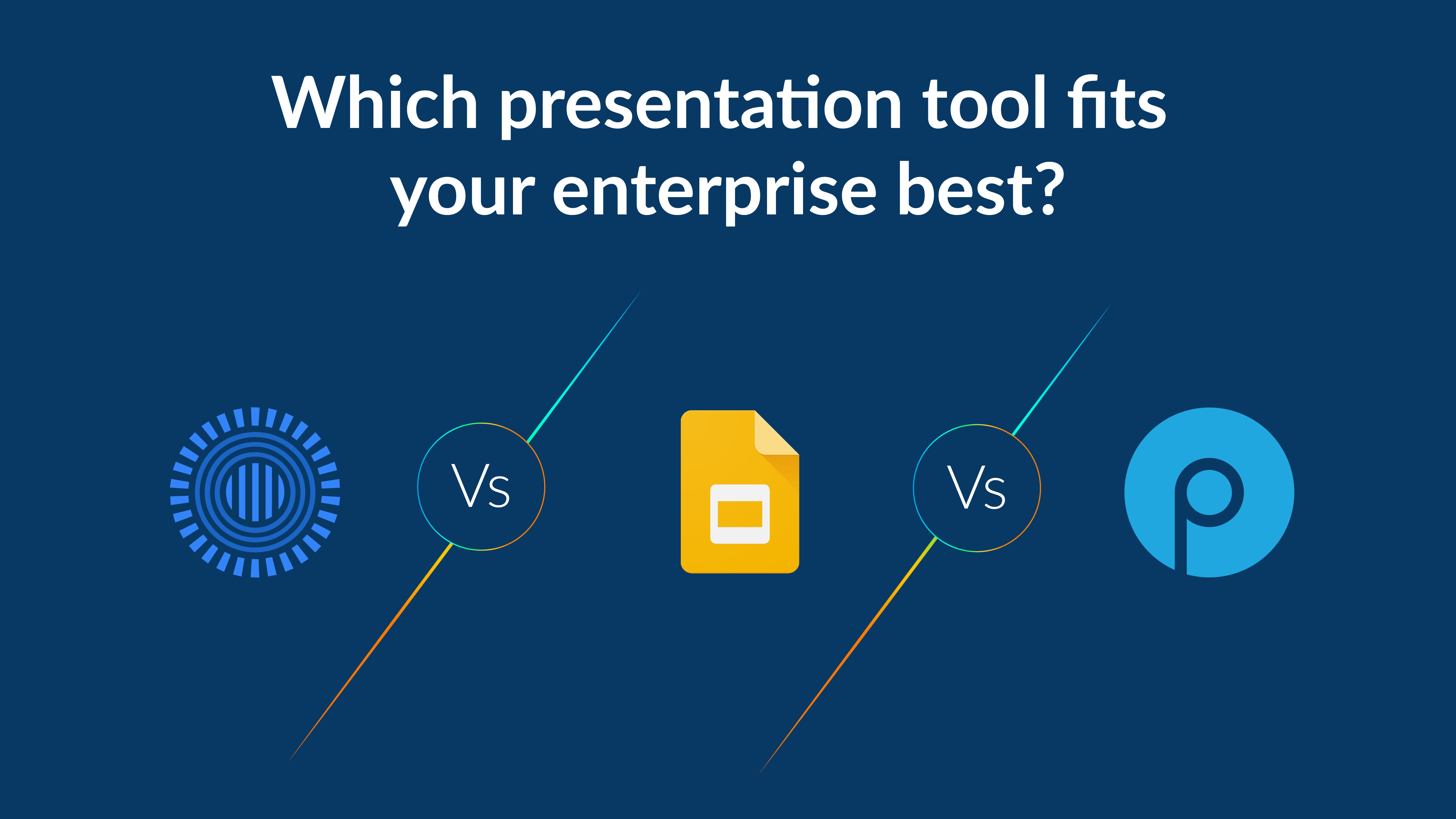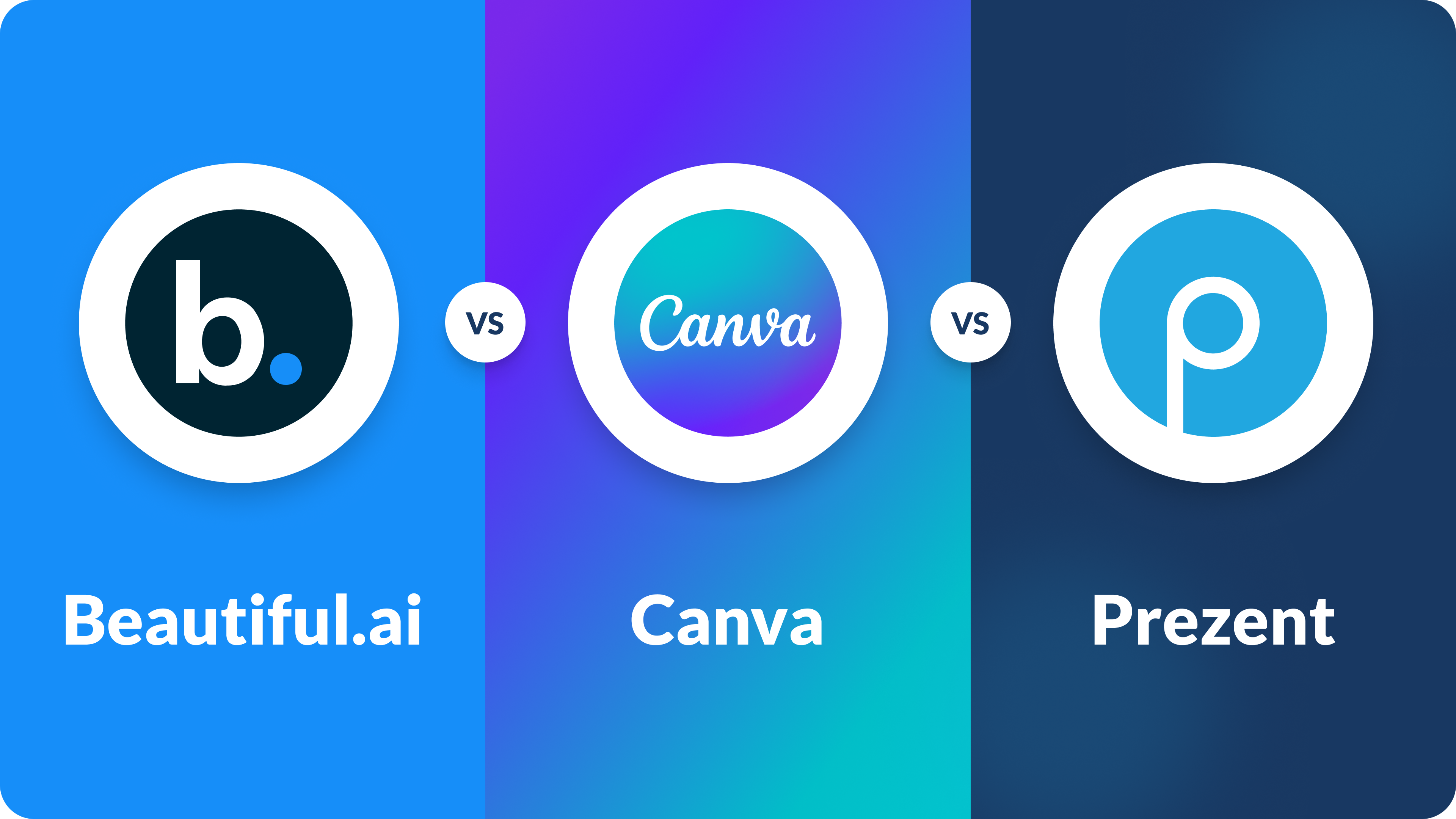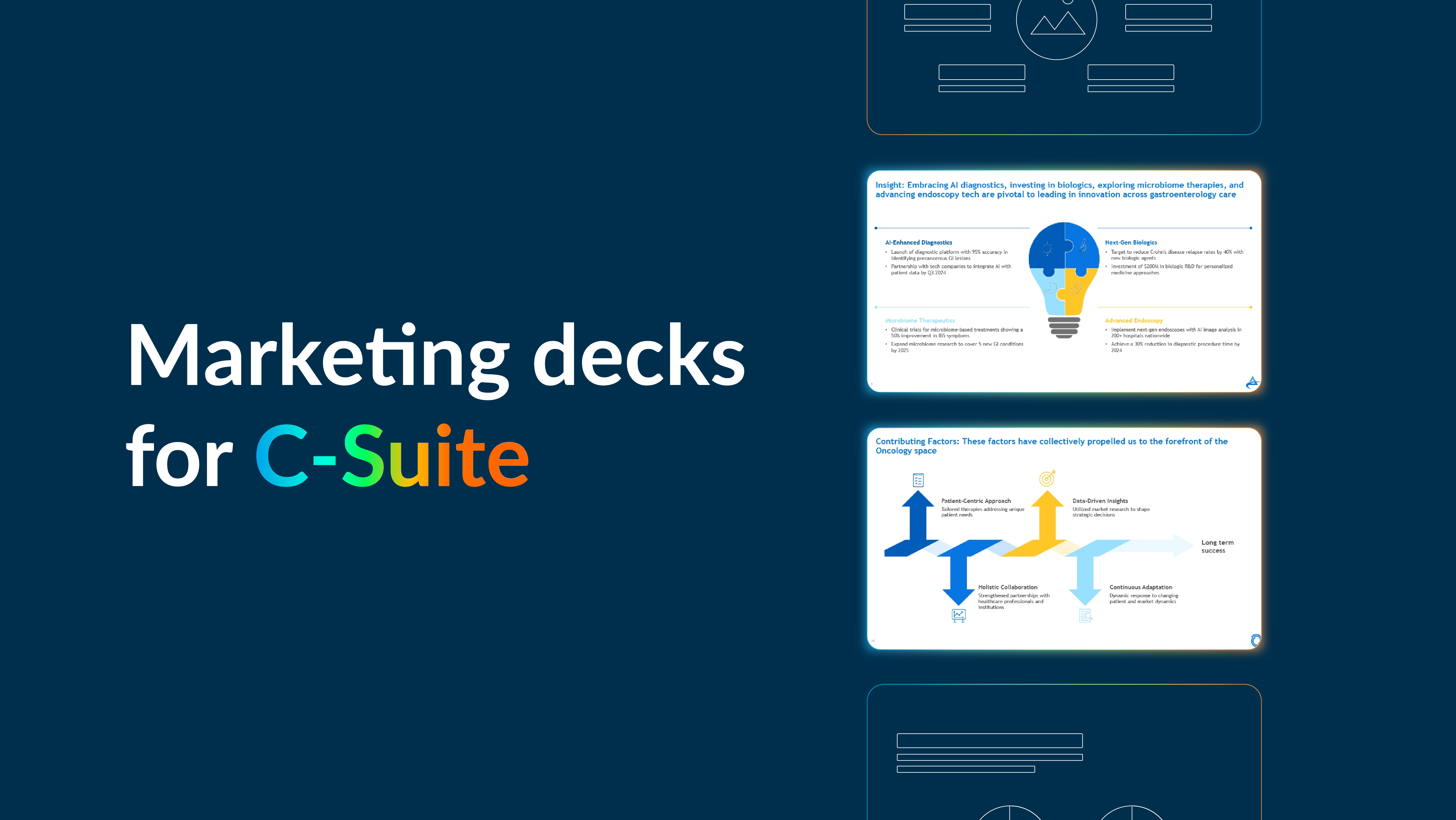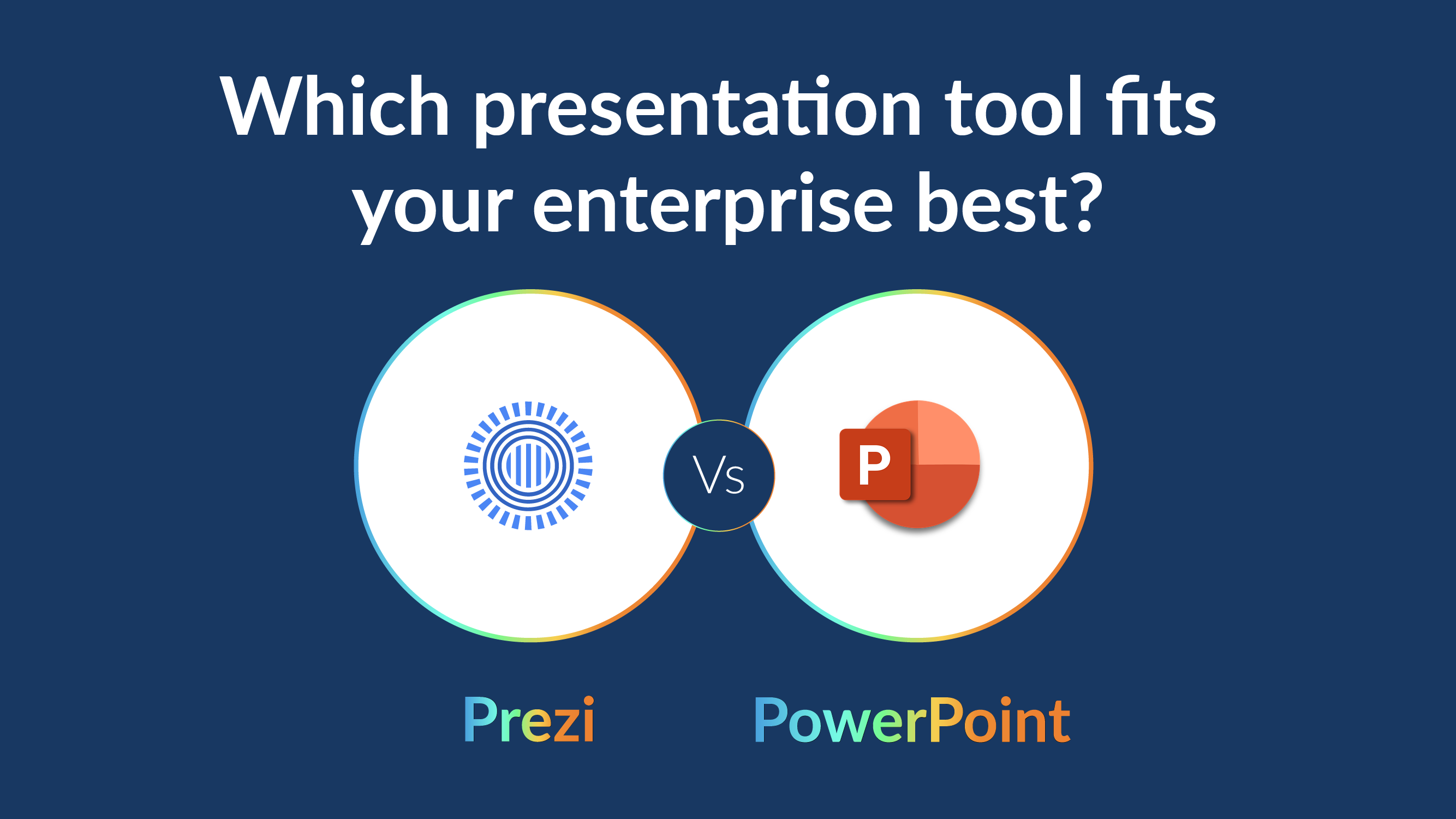Collaborative problem solving: Overcome challenges with effective solutions & techniques
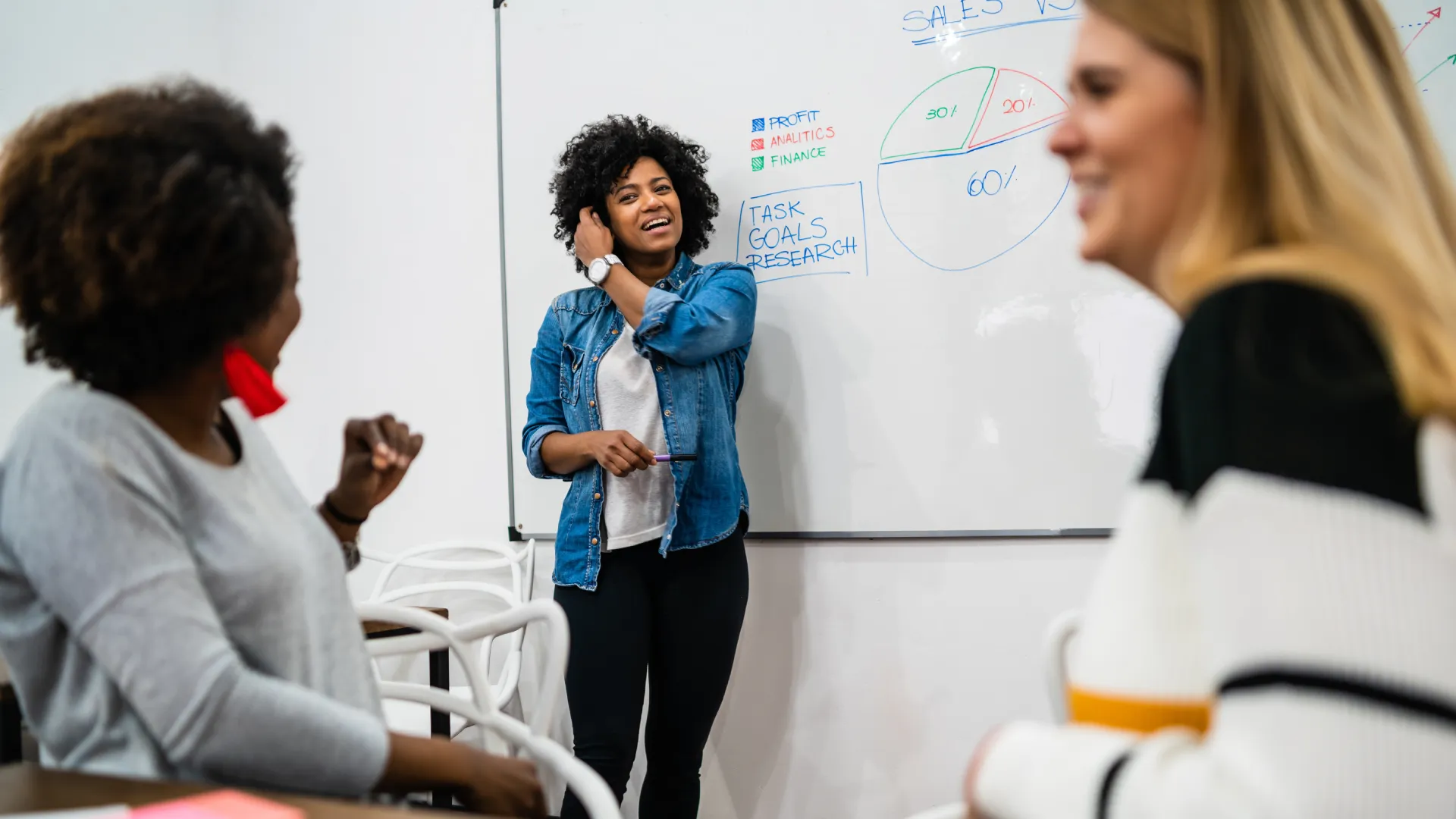
Promoting collaborative problem-solving is a fundamental imperative for any organization. The conventional approach to problem-solving, which often places an undue burden on a single individual, is not without its drawbacks. These include a heightened risk of errors, underutilization of the diverse talent pool, and the constraining nature of this approach.
On the contrary, when embracing problem-solving through team collaboration, organizations stand to gain a significant boost in productivity and overall performance. This approach leverages collective intelligence, creativity, and skills, leading to more effective and innovative solutions.
Can collaborative problem-solving fail?
A collaborative problem-solving approach undoubtedly offers numerous advantages, yet it is not free from challenges. Collaboration issues frequently stem from factors like inadequate communication, limited diversity of thought, lack of trust, and interpersonal conflicts. Regrettably, organizations often overlook these challenges. This leads to detrimental impacts on project timelines, budget efficiency, and even on the project success.
How can you solve collaboration challenges?
Clear Communication
Poor communication stands out as a predominant cause for the failure of numerous collaboration efforts. When team members lack clarity about the problem at hand, their designated roles, shared objectives, or the processes, collaboration initiatives are prone to falter. In order to ensure the success of collaborative endeavors, it is essential to communicate the following key aspects explicitly:
- Define the problem and establish clear goals.
- Allocate roles and responsibilities within the team.
- Set realistic timelines for the project.
- Identify the methods and tools in use.
Furthermore, fostering an environment that encourages team members to contribute suggestions and ideas is paramount. Implementing a feedback mechanism facilitates a two-way communication flow, allowing for valuable insights, the development of empathy, and the cultivation of trust.
Build Trust
Trust is the crucial element in any collaborative effort. When team members trust one another, it creates an environment where ideas, opinions, and alternative solutions can flow freely without fear of being judged or criticized. For leaders, the imperative of nurturing trust within their teams cannot be over-emphasized. Trust is the catalyst that allows team members to open up about their challenges and concerns without hesitation. Building trust also improves accountability, team alignment, and satisfaction.
Open communication plays a pivotal role in cultivating and cementing trust. Regular, transparent, and honest communication becomes the bridge that solidifies the bonds of trust within the team, creating an atmosphere where collaboration and shared success thrive.
Appreciation
Appreciation plays a pivotal role in maintaining team motivation. While constructive feedback helps refine and optimize workflow, acknowledging and celebrating team members’ contributions goes a step further by instilling confidence and trust. Recognizing the efforts and achievements of your team not only uplifts morale but also reinforces the belief that their work is valued and significant. Appreciating team members will create a more positive and motivated work environment, leading to better collaborative effort for the team's success and cohesion.
Workplace Diversity
Diversity involves welcoming individuals from different backgrounds, encompassing diverse experiences, skills, cultures, lifestyles, and education. It is a valuable asset in the workplace as it broadens perspectives and enhances collaborative problem-solving. Workplace diversity fosters creativity, encourages fresh approaches, and sparks innovation. On the contrary, a team lacking diversity may find itself constrained by a narrow outlook, resulting in conventional and less effective solutions. In essence, embracing diversity leads to a rich and more dynamic environment that fuels innovation and success.
Continuous Learning
Learning is the cornerstone of growth for individuals, teams, leaders, and companies. Prioritizing learning and upskilling within your team doesn't just boost efficiency and effectiveness; it injects fresh, advanced problem-solving approaches.
However, it's not just successes but also failures that hold significant value. Failure often provides insights and lessons that no formal course can offer. It is essential for a team to examine past mistakes and learn from them. This process fosters personal and collective development, sparks innovation, and safeguards against the recurrence of prior errors.
Recognizing and reflecting as a team should become a routine practice. Capture and document important lessons, data, and insights from failures and utilize this knowledge to tackle future challenges more effectively.
Making collaborative communication engaging will help you get the best out of the team. Below are a few helpful techniques that you can put into action.
Helpful techniques to make collaborative communication engaging
1- Build on Ideas
Encourage a culture of collaboration by building on each other's ideas rather than resorting to an either/or mentality. Embrace team members' suggestions as opportunities for growth and innovation. Acknowledging and incorporating their input fosters a more inclusive and dynamic environment.
2- SWOT Analysis
Utilize a SWOT analysis technique to analyze proposed ideas critically. Evaluate their strengths, weaknesses, opportunities, and threats. This structured approach allows for a more comprehensive examination before accepting or rejecting suggestions, leading to well-informed decisions.
3- Incorporate New Possibilities
Keep an open mind and explore how to integrate new possibilities into existing ideas. By synergizing innovative concepts with established ones, you can enhance the effectiveness of your solutions. This approach promotes adaptability and continuous improvement.
4- Win-Win Approach
Embrace a "win-win" philosophy when communicating with your team. Foster a collective mindset, shifting from "you vs. me" to "we." This mindset encourages cooperation, shared responsibility, and a sense of unity. Collaborative problem-solving is most effective when team members are aligned on their objectives and work together harmoniously.
Collaborative problem-solving capitalizes on the collective talents of your team. Creative minds, combined with positive and open communication, can yield innovative solutions that an individual may not discover. To maximize the potential of the team members, nurture a culture of collaboration and open dialogue.

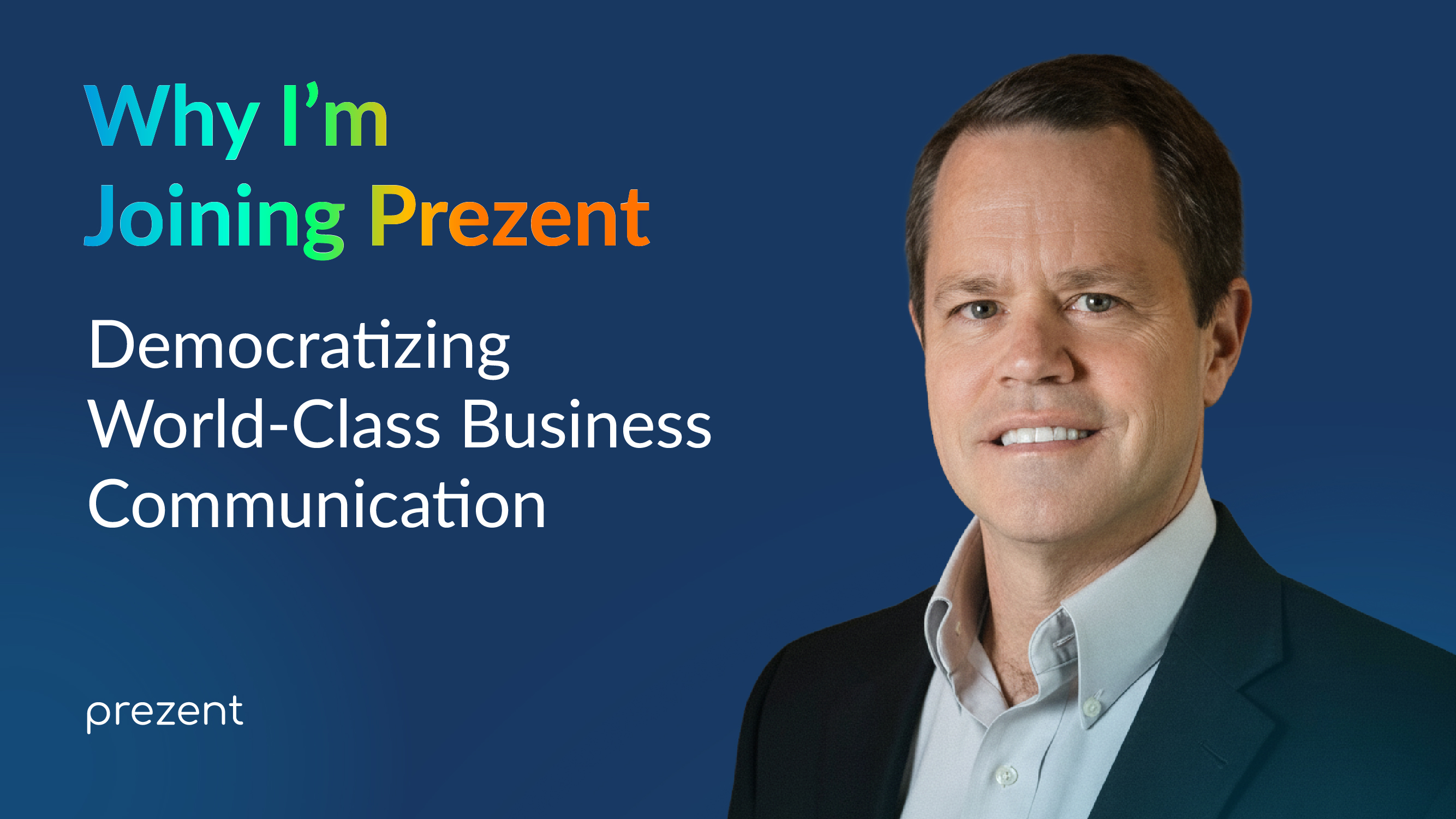

.avif)

